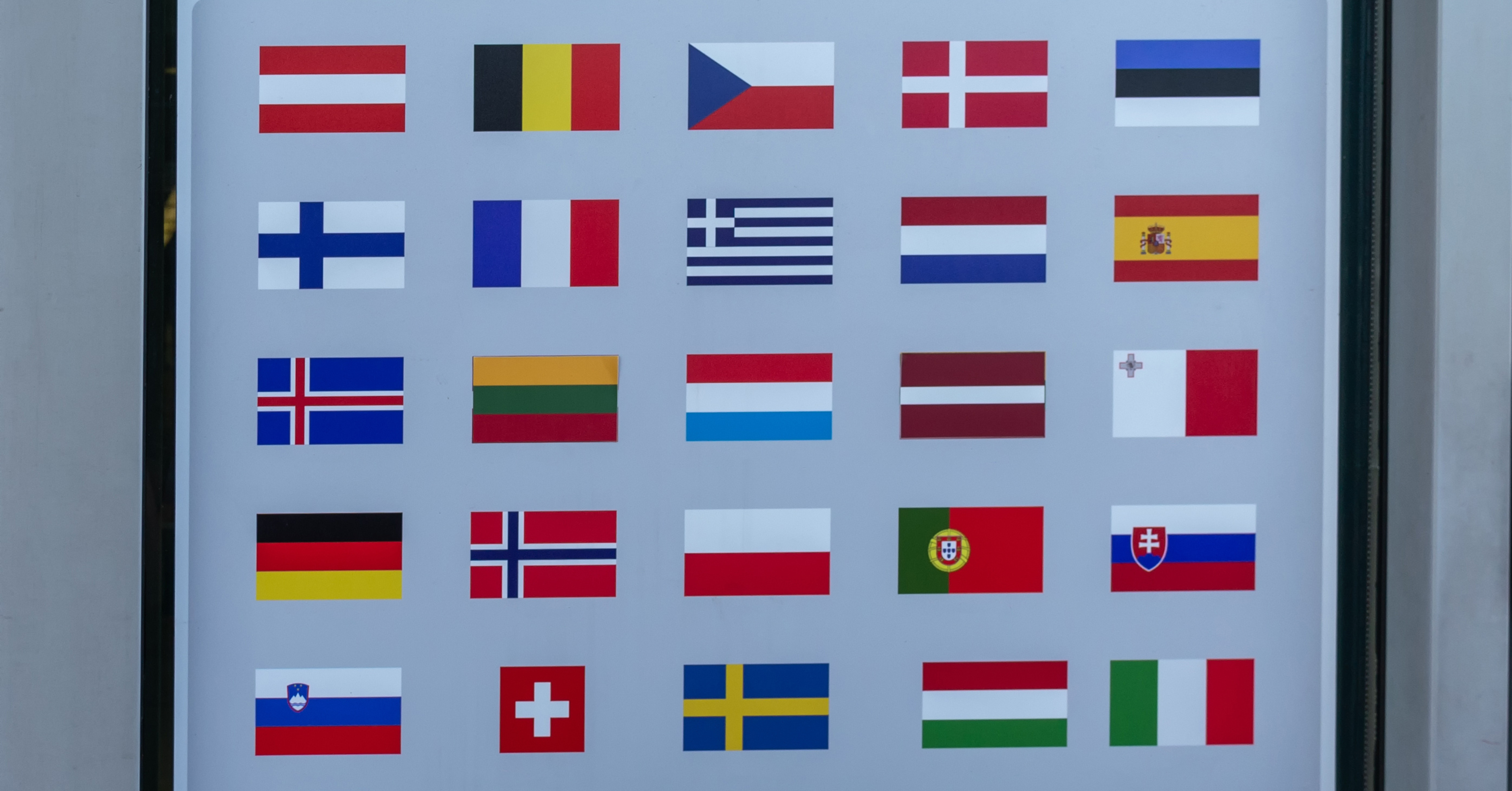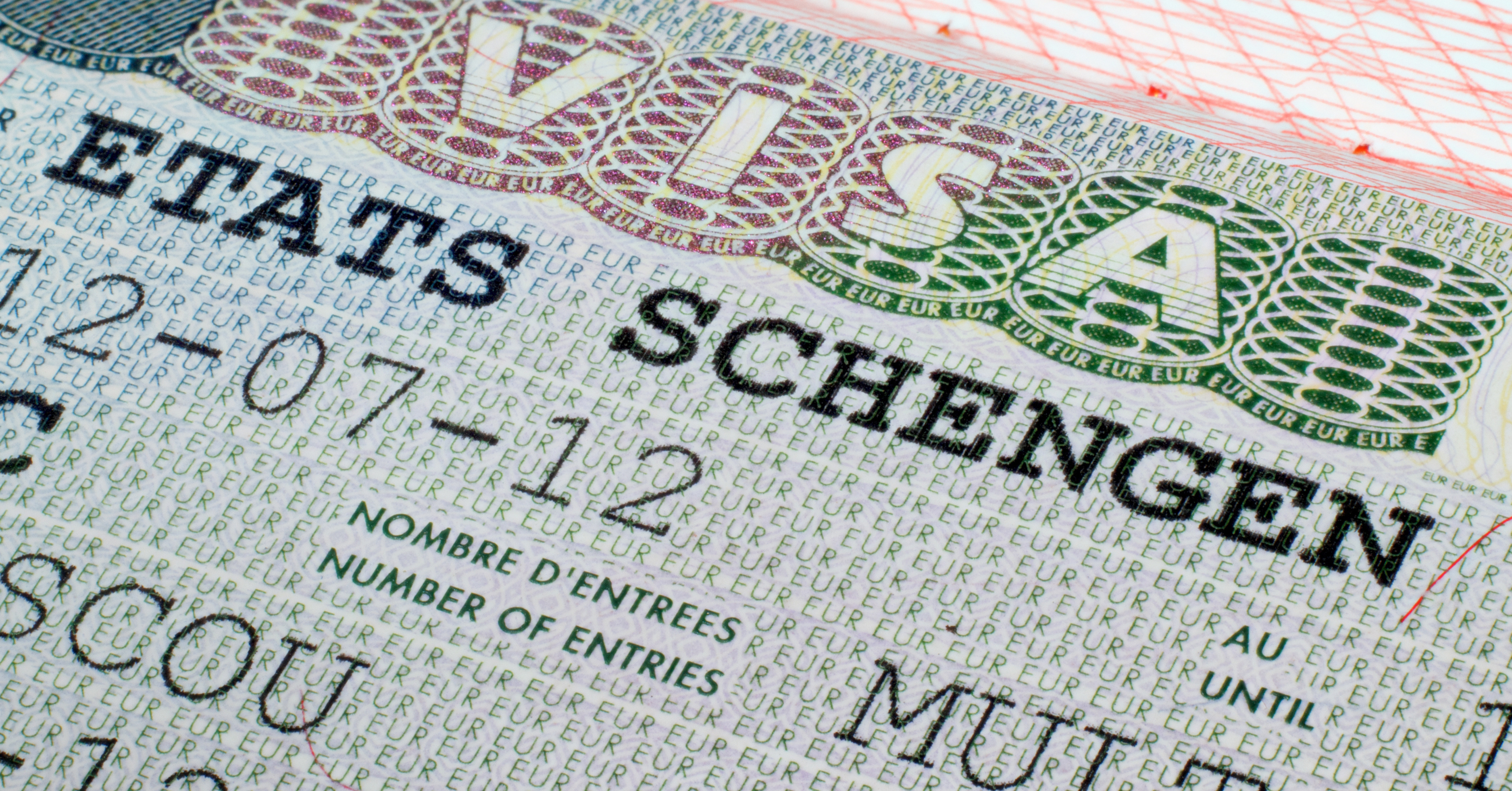Dreaming of exploring Europe’s stunning cities from Paris to Rome, Amsterdam to Barcelona? To make that dream a reality, most travelers need a Schengen visa. Whether you’re applying for study, tourism, work, or family visits, this guide will walk you through everything you need to know before you apply.
What Is a Schengen Visa?
A Schengen visa is a short-stay visa that allows travelers to enter, travel within, and exit the Schengen Area for up to 90 days within a 180-day period. The Schengen Area includes 29 European countries that have abolished border controls between them, meaning once you enter one, you can travel freely to the others without new checks.

Popular Schengen countries include:
France, Germany, Italy, Spain, Netherlands, Greece, Switzerland, Sweden, Belgium, Austria, and more.
Types of Schengen Visas
Depending on your travel purpose, you’ll need one of the following:
- Tourist Visa – For leisure, sightseeing, or vacation.
- Business Visa – For attending meetings, conferences, or work-related visits.
- Student Visa (Short Stay) – For short-term study or training (under 90 days).
- Medical Visa – For treatment or health-related travel.
- Transit Visa – If you’re passing through a Schengen country en route elsewhere.
Note: If you plan to study, work, or live long-term in Europe, you’ll need a National Visa (not a Schengen visa) from the specific country.
Who Needs a Schengen Visa?
Citizens of non-Schengen countries (including Nigeria and many African, Asian, and Middle Eastern nations) must apply before traveling. However, citizens of visa-exempt countries like the U.S., Canada, and the U.K can enter without a visa for up to 90 days but will soon need to register under the ETIAS system starting in 2025.

Documents Required for a Schengen Visa (2025 Updated List)
Prepare these before applying:
- A valid passport (issued within the last 10 years, valid for at least 3 months beyond return date).
- Completed visa application form.
- Passport-sized photos (recent and following Schengen photo specs).
- Proof of travel itinerary (flight reservation, hotel booking, or invitation letter).
- Travel insurance (minimum €30,000 coverage for medical emergencies).
- Proof of funds (bank statements, sponsorship, or scholarship proof).
- Visa fee payment receipt.
- Proof of ties to home country (employment letter, property, or family documents).
Need help preparing your visa documents? Travooly can guide you step-by-step through the process from application forms to interview prep. Send an email to contact@travooly.com to get started.
How to Apply for a Schengen Visa
- Determine your main destination – Apply at the embassy or consulate of the country where you’ll spend the most time.
- Book an appointment – Through the official embassy website or an authorized visa center.
- Complete the application form – Online or on paper, depending on the embassy.
- Gather required documents – Ensure all are recent and match your travel plans.
- Attend your visa interview – Be prepared to discuss your trip purpose and plans.
- Pay the visa fee – Around €80 for adults and €40 for children.
- Wait for processing – Usually 15–30 working days, but may vary by country and season.
New Schengen Visa Rules for 2025
Europe is improving its visa systems in 2025 for easier and faster processing. Key updates include:
- Digital Visa Application Portal: Most Schengen countries now allow online visa submission.
- Biometric Data Validity: Your fingerprints are valid for 59 months, so you won’t need to redo them each time.
- ETIAS Launch: Travelers from visa-free countries must pre-register online before entering the Schengen Zone.

Processing Time & Validity
- Processing Time: Typically 15–30 working days.
- Visa Validity: Single-entry, double-entry, or multiple-entry (up to 90 days within 180 days).
Some applicants may get multiple-entry visas valid for 1–5 years if they’ve previously followed visa rules.
Applying for a Schengen visa can feel overwhelming, but with the right guidance and preparation, it’s very achievable. From gathering documents to planning your itinerary, every detail matters and getting it right the first time saves you stress and money.